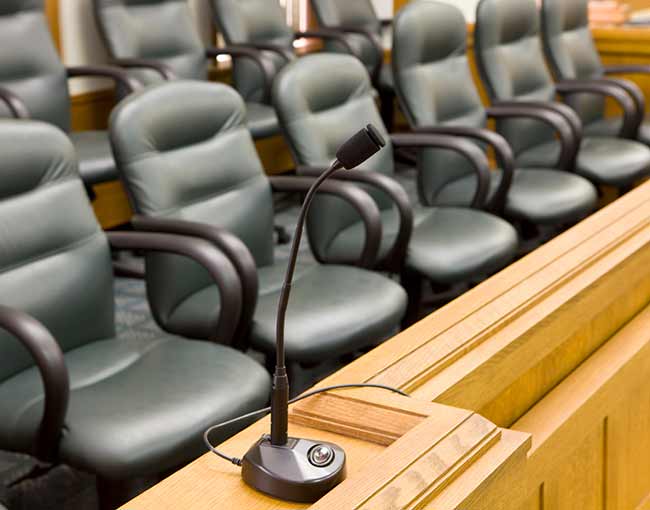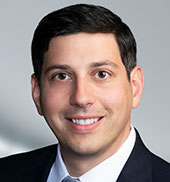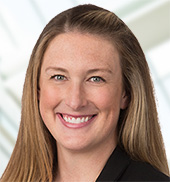Last week a California jury rejected a law school graduate’s claim that her alma mater falsified graduate-employment data in the much-anticipated Alaburda v. Thomas Jefferson School of Law trial. The lawsuit was filed on May 26, 2011, as a class action, and alleged fraud, negligent misrepresentation, and violations of California consumer protection laws.
The plaintiff’s primary complaint was that the school misrepresented post-graduate employment statistics, which the school used for marketing. The plaintiff contended the misrepresentations caused her and other students to enroll under false pretenses, leaving them stymied by massive loan debt and unable to find full-time legal jobs after graduating. Among the school’s alleged wrongdoings was concealing that the employment data it published included part-time employment and non-law related positions (e.g., including waiters and store clerks among the employed graduates).
The case was tried nearly five years after it commenced, but was stripped of its proposed class action status (and a few tag-along plaintiffs) along the way. In the end, just one plaintiff tried her case against the school. After a reported four hours of deliberation, the jury found that the school did not falsely report post-graduate employment statistics.
A juror who lingered after the verdict shed some light on the jury’s decision in an interview with Above the Law. This enlightening interview offers the following possible lessons for institutions of higher education defending student claims:
1. Witness credibility remains king. The jurors were convinced that the school’s former director of alumni relations was honest and credible. They simply didn’t believe she would falsify data. This likely went a long way to securing a defense verdict. Schools should not underestimate the need for adequate preparation of key company witnesses and of fostering relationships with former employees involved with the student.
2. Personalize the defendant with student success stories. The defense strategy — highlighting the plaintiff’s apparent success (e.g., passing the bar exam) and touting the success of other graduates — clearly paid off. While this evidence does not necessarily prove or disprove the elements of a cause of action, it nonetheless serves the important purposes of (1) personalizing the defendant, and (2) showing the jury that the school provides students with tools and opportunities they need to succeed, but that success also involves the student. In some cases involving particularly bad facts, these “character” witnesses may be critical.
3. Never lose sight of the “winning” facts. Notwithstanding tip No. 2, it is critical to keep a sharp focus on the most critical facts — the ones the jury will use to answer the verdict form. Here, the first question the jury answered turned out to be the only question they needed to answer for a defense win: Did the school falsify data that the plaintiff reviewed? The defense kept a narrow focus on this question and the strategy paid off. The interviewed juror admitted feeling bad for the plaintiff and it may have been that some published information was not 100% accurate, but the question was not whether the public at large was deceived — it was whether the plaintiff was deceived. This strategy must be used with caution and deployed with precision, however, as it could be seen as a defendant attempting to shirk responsibility.
4. Finally, sometimes it’s OK to admit mistakes. The interviewed juror admitted being appalled at the errors in the employment statistics the school reported. But he and the other jurors were obviously convinced they were simply mistakes and not evidence of fraud (at least as to the relevant time period). Thus, schools dealing with bad facts should at least consider admitting to data collection mistakes or process errors to avoid the severe penalties that can be assessed following a finding of intentional fraud.
As increasing attention has been paid to the representations postsecondary institutions make regarding their graduates’ employment and salary prospects (separate and apart from the extensive gainful employment regulations now being rolled out by the DoE), federal and state laws concerning misrepresentation have been strengthened, and specific requirements relating to employment and salary disclosures have been updated and expanded.
To ensure compliance with these heightened standards, and to mitigate the risk of future litigation, institutions should take great care to confirm that representations made to prospective students regarding employment or salary opportunities are accurate, complete, and include appropriate citation. All this having been said, should institutions find themselves in court, despite such efforts, they will do well to keep in mind the lessons learned from Alaburda v. Thomas Jefferson School of Law.











